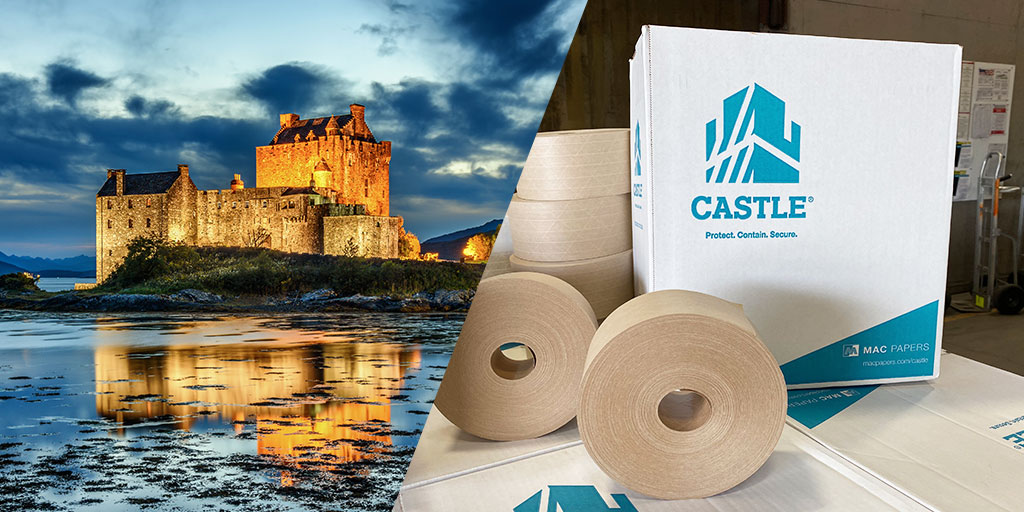Blogs
Flower Power: Trends Shaping the Cut Flower Packaging Industry
Consumer demand for fun, festive—and most importantly, fresh—flowers is blooming across the world, resulting in an increased need for the packaging used to sell and transport this fragile, fragrant cargo. To keep pace with growing demand, the cut flower packaging market is expected to expand at a compound annual growth rate of 5.3% by 2028.
Several developments are fueling this forecasted growth, from the increased purchasing power of millennials to a heightened focus on sustainability. Here’s our take on the latest trends in cut flower packaging.
Supermarkets and Retail Stores Shine
Years ago, consumers looking for a Mother’s Day bouquet or anniversary arrangement were likely to head straight to their local florist. Though flowers have been a supermarket staple for decades, grocery chains and big box stores weren’t traditionally deemed high-quality sources of fresh-cut blooms. But over the years, grocery stores have improved the quality and variety of their cut flower offerings—including their packaging and display—making it more convenient for shoppers to pick up a bouquet while doing their regular shopping.
One trend in particular is the emergence of simple, understated packaging. Plastic-based materials are still frequently used across the floral industry, but the overall look is more refined than it’s been in years past—think brown paper and twine vs. cellophane and glitter. In addition to convenience and variety, shoppers can now get the elegant look they want at a lower price.
 More Events Call for More Cut Flowers
More Events Call for More Cut Flowers
Thanks in part to the popularity of social media, weddings, birthdays, corporate events, and other special occasions have become larger and more extravagant. As a result, there’s more emphasis being placed on the aesthetic appeal of these events, including everything from the food to the decor. This has led to an increase in the production and sale of fresh-cut flowers and floral packaging, such as sleeves, boxes, cartons, wrapping sheets, and vases and containers.
When it comes to events, customers crave personalized packaging. Whether they’re seeking options that match the theme or color scheme, event organizers are often willing to pay a premium for custom labels, ribbons, or wrapping paper with the event’s logo, message, or hashtag. Additionally, there’s a trend toward incorporating technology into flower packaging, such as embedding QR codes that provide information about the flowers, the florist, or the event itself. This helps to engage guests and provide them with a unique and interactive experience.
Generational-Driven Spending
Millennials are no longer recent college graduates—this generation is entering their thirties and early forties, which means they have more disposable income to spend on things like cut flowers. Millennials are also known to be environmentally conscious and socially aware, and value experiences over material possessions, leading them to spend more on items that align with their personal principles.
For some, this means prioritizing health and wellness, and cut flowers can contribute to a positive living environment. Many millennial consumers are willing to pay more for flowers that are grown and packaged sustainably and sourced locally, as this aligns with their values of environmental responsibility and supporting local businesses. Because millennials are a major driver of growth in the cut flower industry, it’s wise to invest in packaging solutions that cater to their preferences and spending habits.
Focus on Flower Packaging Sustainable Solutions
Regardless of their generation, many consumers are focusing on sustainability now more than ever. That means florists and other retailers are purchasing biodegradable or compostable packaging materials to transport and sell their products, including paper sleeves and boxes, or plant-based plastics that break down over time. Whether for transportation or display purposes, organizations are striving to reduce packaging waste overall, as well as implementing more efficient transportation methods to reduce their carbon footprint. This focus on sustainability not only benefits the planet but also enhances the brand image and reputation of these companies in the eyes of their customers.
With so many new developments and opportunities to seize, it can be challenging to figure out your approach to cut flower packaging. If you need help devising your strategy, don’t hesitate to reach out. With the right support and expertise, you can stay ahead of the game and make the most of these ever-evolving industry trends.










